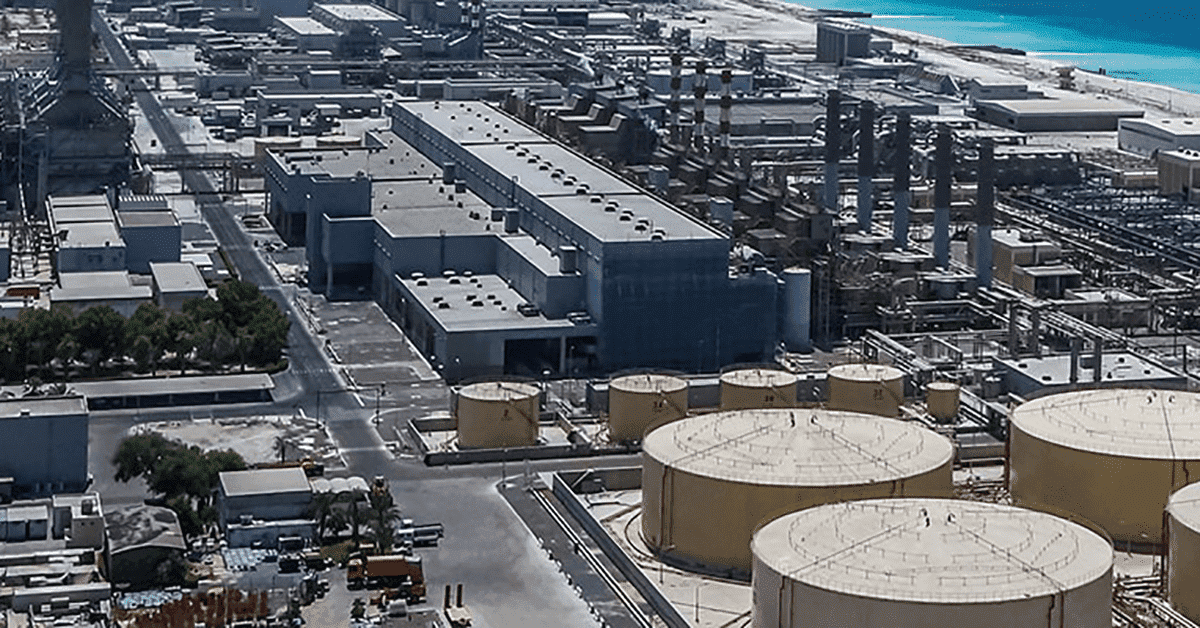Desalination digital twins: Spain moves forward
Water treatment and desalination specialist, Tedagua, has been awarded €700,000 to develop a digital twin for the optimisation of operations and maintenance of desalination plants.
Desalination digital twin
Water treatment and desalination specialist, Tedagua, has been awarded €700,000 to develop a digital twin for the optimisation of operations and maintenance of desalination plants.
The project was awarded by Spanish public company, Red.es in collaboration with the government's Ministry of Economic Affairs and Digital Transformation.
The main purpose of the desalination plants' digital twin will be to reduce energy consumption, provide simulations for actions during predictive maintenance, and help develop stronger cyber security.
According to Tedagua, the project will consist of three key phases.
The first phase will see the collection of data along with the development of the structure for the operational work.
The digital twin will help to deliver optimisation of operations and maintenance of desalination plants.
Next, the Spanish water technology company will develop a series of machine-learning algorithms from the collected data.
And finally, using these algorithms, Tedagua will simulate the behaviour of energy consumption and water production in the digital twin initially to optimise them before generating predictive simulations of potential real-life events.
The age of the digital twin
Despite the phrase becoming more common, there still remains a question as to what is a digital twin?
In essence, a digital twin is a real-time digital counterpart of a physical object or process.
For a more detailed explanation, the Smart Water eBook, jointly produced by the SWAN Forum and Water Online states:
“A Digital Twin can be defined as an actively integrated, accurate digital representation of our physical assets, systems, and treatment processes with a constant stream of data pairing from the physical twin for continuous calibration. It will unlock value by enabling improved insights that support better decisions, leading to better outcomes in the physical world.”
At the start of 2022, a new roadmap was launched by a cross-industry collaboration to help advance the implementation of digital twins in the water sector.
Called the ‘Digital Twin Readiness Guide’, the guide provides a framework, steps and path to achieve essential insights leading to more intuitive water systems operations, making the utility more efficient.
We promise never to send you spam and you can unsubscribe at any time!






